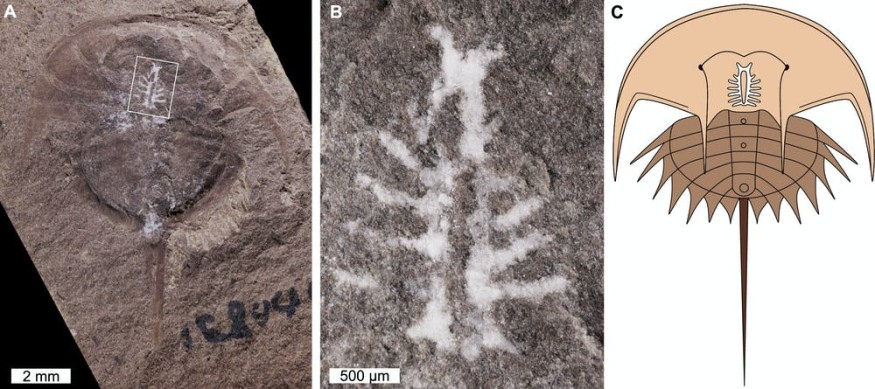In the book 'On The Origin of Species,' Charles Darwin said that there are imperfections that will be met as we unearth prehistoric organisms for study. Darwin implies that there is no chance that we could get a perfectly preserved fossil unless it would be conserved under the precise circumstances that it needs to be able to survive other factors throughout the generation while it was buried.
Charles Darwin's Fossilization Views vs Modern-Day Fossil Hunting

Paleontology experts are successful in finding well-preserved fossils over a century after Darwin wrote his book. Among the finest discoveries of the fossil-hunting community is the preservation of soft-bodied organisms, like mollusks which include the jellyfish. This proves that it is actually possible though the question of whether the internal organs could be fossilized still remains unanswered.
The anatomy of animals is theorized to be delicate, and there are a few accounts of the internal organs being preserved in fossilized species. But according to the study published in the journal Geology, entitled "Central Nervous System of a 310-m.y.-old Horseshoe Crab: Expanding the Taphonomic Window for Nervous System Preservation," the internal organs of one of the invertebrate species, or arthropods, can be preserved in its finest state.
This prehistoric arthropod discovered is a horseshoe crab that has roamed our planet 310 million years ago. The horseshoe crab was added with the line of organisms that have their organs intact, with its brain being the one discovered in its complete form. The intricate fossilization of the species' central nervous system gave a better understanding to the experts on how to properly preserve an organ.
Fossilized Brain of Prehistoric Arthropods Well-Preserved
The brain of the horseshoe crab, like many other species with their organ intact, are usually found to be perfectly intact in amber deposits and Burgess Shale. Amber somewhat resembles the modern-day resin, but its formation originates from tree barks that trap any organisms in their perfect form.
Ambers fossilize an organism in the best way possible. It can show the anatomical detail of the animal, as minimal decay takes place on its body. The horseshoe crab, fortunately, was trapped in an amber fossil. This has opened opportunities for paleontologists to conduct a comprehensive study on the arthropod's intact brain, even to the tiniest detail the central nervous system contains. One of the oldest prehistoric arthropods that were discovered in an amber fossil dates back 230 million years ago, which matches the Triassic period.
The Burgess Shale-type deposits, compared to the amber fossils, are identified to preserve species much older than the Triassic period. Most of the species recorded in the Burgess Shale fossils are marine arthropods, which date back to 500-520 million years ago, in the Cambrian period. Combing the amber and Burgess Shale-type fossils, scientists can have the data on the oldest animals known, as well as the information regarding the evolutionary history and origin studies.
The Euproops danae, also known as the horseshoe crab, was unearthed in the Mazon Creek located in Illinois. Most of the subjects found in the area are intact because of the siderite, a mineral composed of iron carbonate. According to The Conversation, the newly discovered prehistoric arthropod will be an addition to the studies regarding the anatomy of biological organisms in the prehistoric era, and how these extinct species evolved through time.
Check out more news and information on Paleontology on Science Times.












